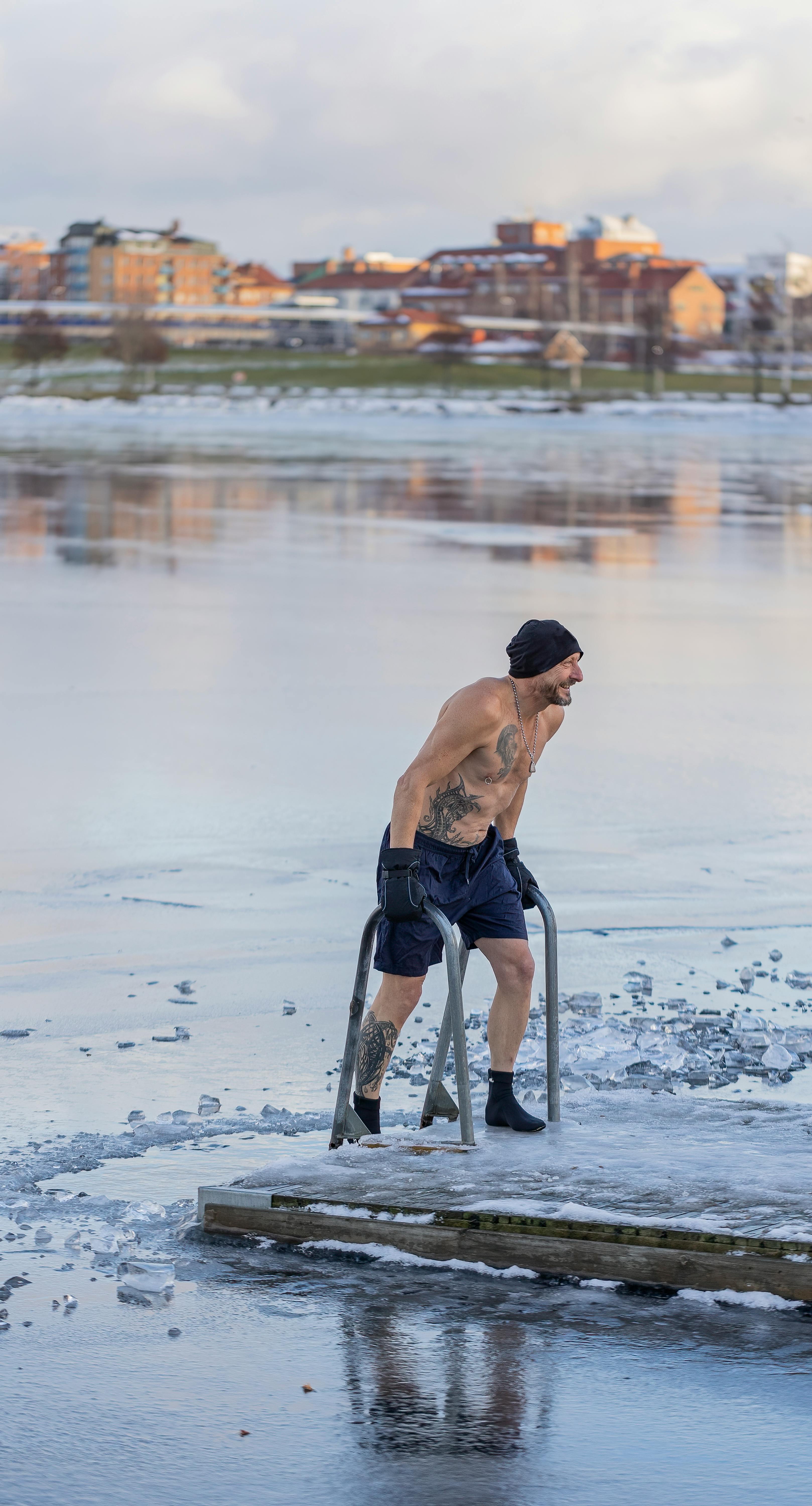The Untapped Potential of Cold-Water Therapy in Beauty and Fitness
Cold-water therapy, a practice as old as the ancient Greeks, has been garnering attention in recent years for its potential benefits in the realms of beauty and fitness. While it was once a niche practice confined to the wellness routines of athletes and adventurers, the tide is now turning, and more people are beginning to see the value in this relatively untapped trend. This article delves into the historical context, the current industry trends, and the potential benefits and impact of cold-water therapy on the beauty and fitness industry.

A Dip into History: The Origins of Cold-Water Therapy
Cold-water therapy, also known as hydrotherapy or cryotherapy, has been a part of therapeutic practices for centuries. The ancient Greeks, renowned for their progressive health practices, were known to use cold water as a means of invigorating the mind and body. Fast forward to the 19th century, and Sebastian Kneipp, a Bavarian priest, popularized the practice in Germany after using cold-water therapy to cure his tuberculosis.
Current Trends: From Ice Baths to Cold Showers
With the increasing interest in wellness and self-care, cold-water therapy is making a comeback. Athletes like Wim Hof, known as “The Iceman,” have brought it into the mainstream, highlighting its potential benefits for improving mental and physical health. Today, the practice has evolved beyond simple cold showers and ice baths. Cold plunge pools and whole-body cryotherapy, where individuals are exposed to extremely cold air, are now common features in spas and wellness centers.
Benefits: Beyond the Chill
Cold-water therapy is believed to have a range of benefits, both physical and psychological. On a physical level, it can aid in muscle recovery, improve circulation, and boost the immune system. On a beauty level, it can tighten the skin, improve its glow, and reduce puffiness and inflammation, thanks to the constriction of blood vessels caused by cold temperatures.
Psychologically, regular cold-water immersion can boost mood, reduce stress, and even improve sleep. This is likely due to the release of endorphins, the body’s natural painkillers, during the process.
Market Relevance and Impact
The beauty and fitness industry is no stranger to trends, and cold-water therapy fits perfectly into the current demand for natural, non-invasive treatments. As more research emerges supporting its benefits, we can expect to see a rise in products and services centered around cold-water therapy. This could range from high-end ice masks and cold-infused beauty products to more accessible options like cold showers and DIY ice baths.
Evidence-Based Recommendations
While the benefits of cold-water therapy are promising, it’s important to approach the practice with caution. Individuals with certain medical conditions, such as heart disease, should avoid it. For those who are healthy, starting gradually is key — begin with a lukewarm shower and slowly decrease the temperature over time.
In conclusion, cold-water therapy presents an exciting opportunity for growth and innovation in the beauty and fitness industry. By harnessing the power of something as simple as cold water, we can potentially revolutionize our approach to wellness and self-care. Just as the ancient Greeks and Sebastian Kneipp understood centuries ago, sometimes the best solutions are the most natural ones.




